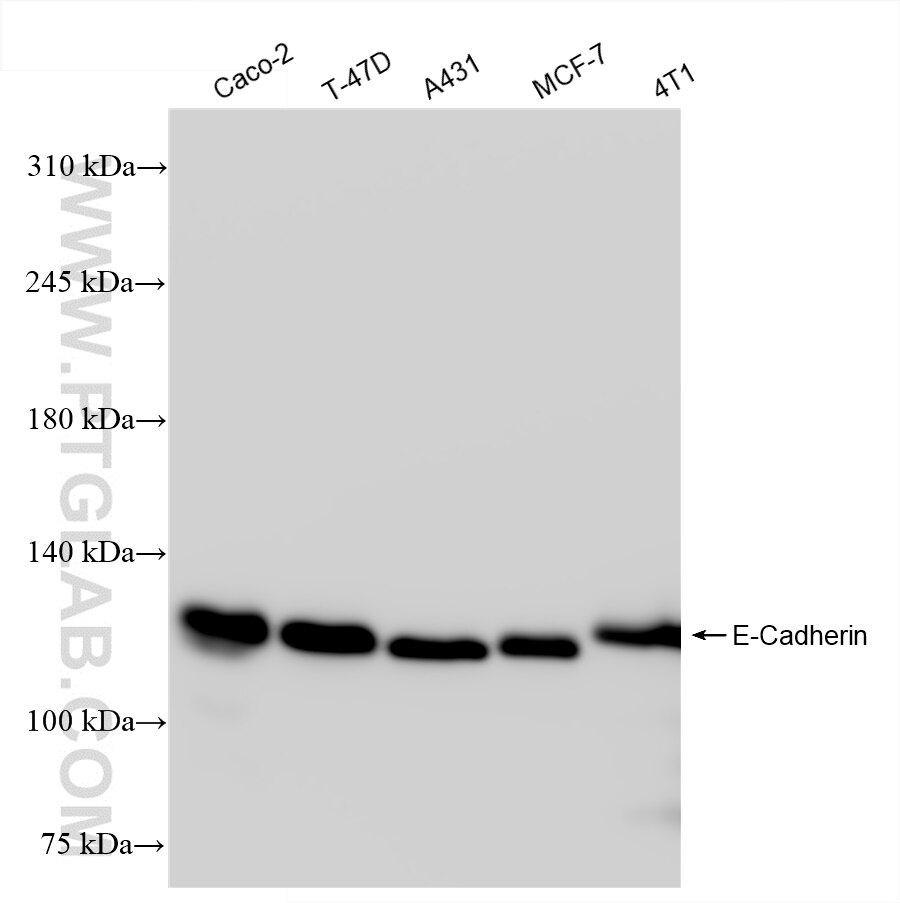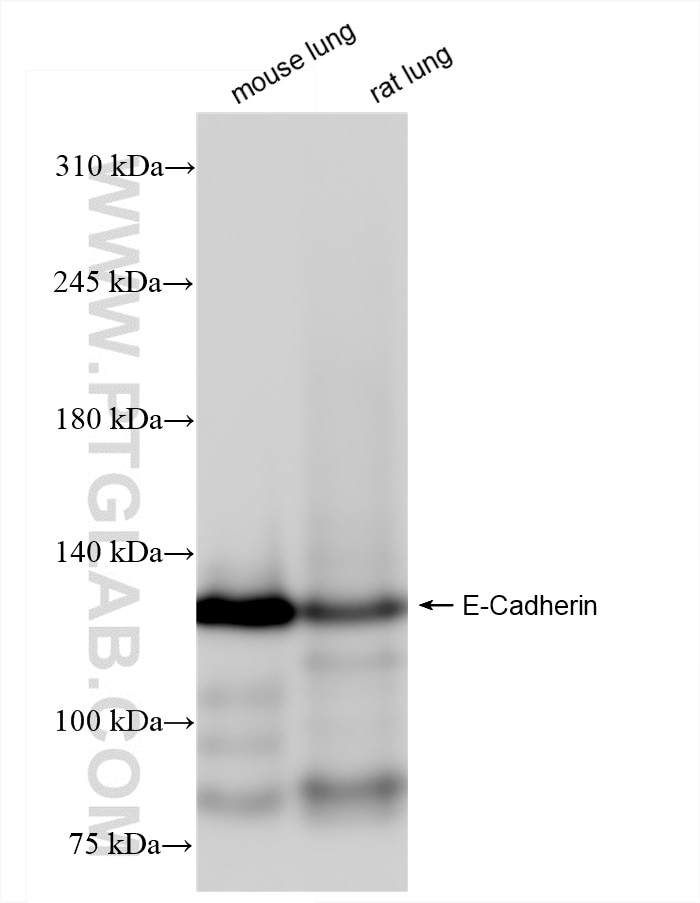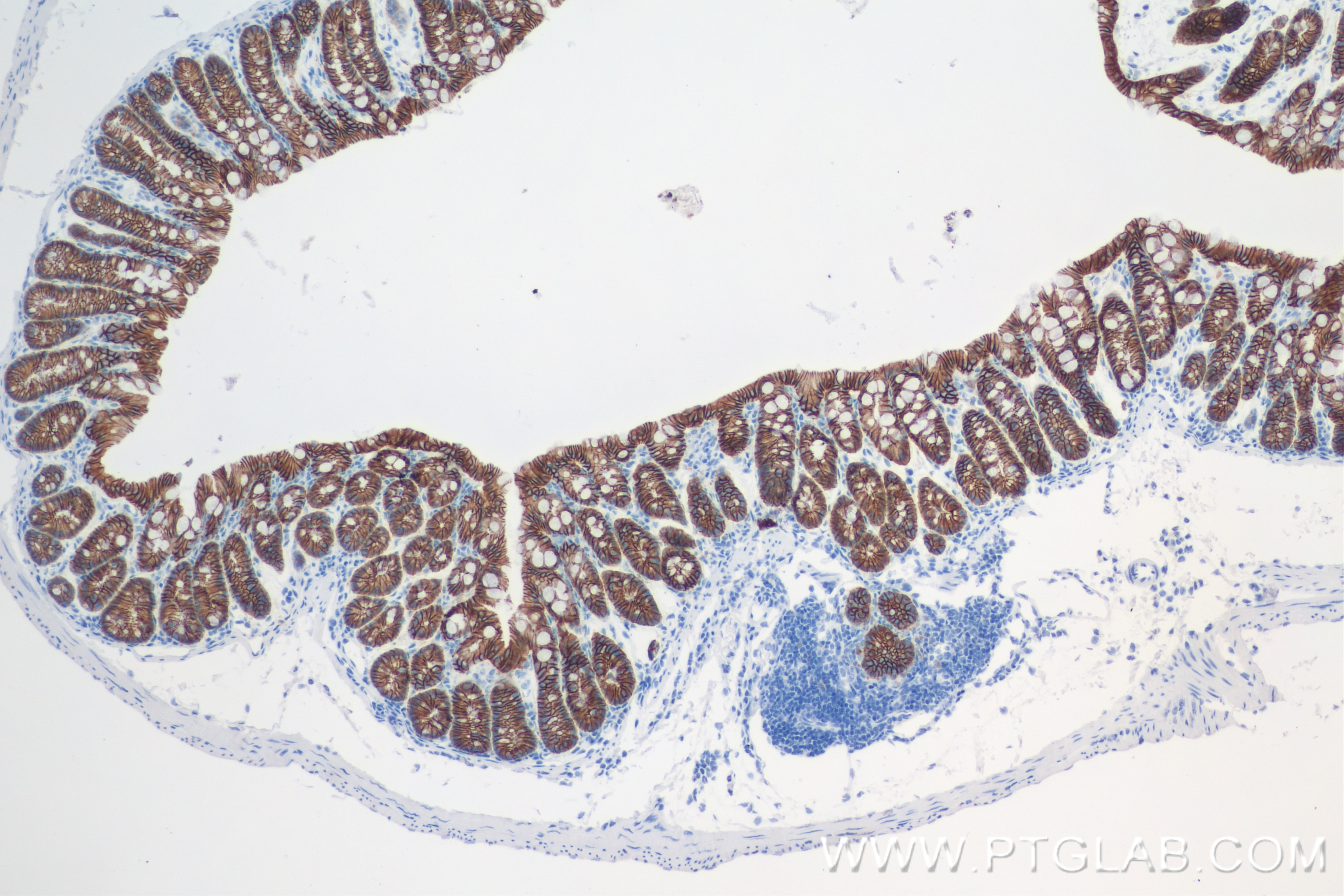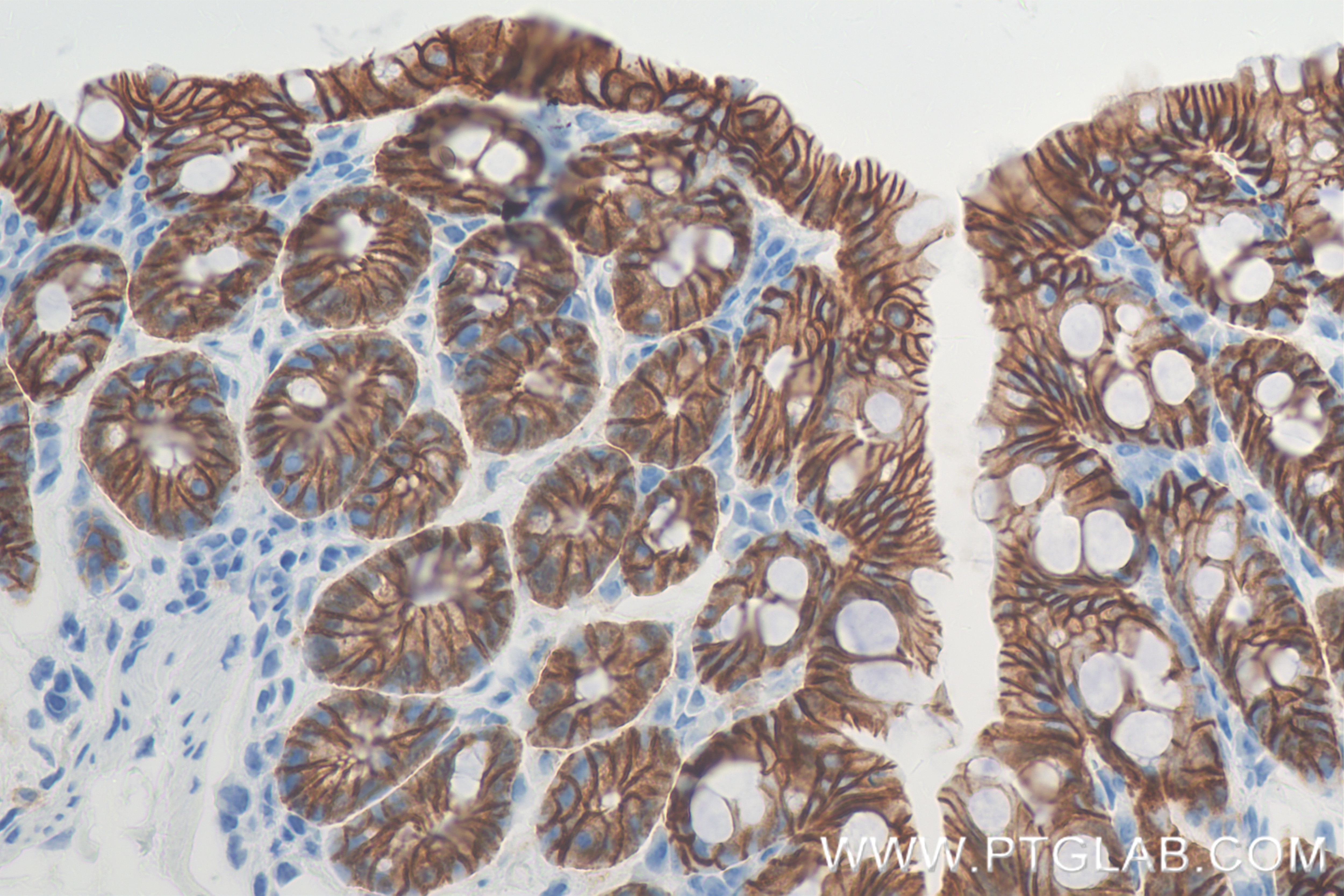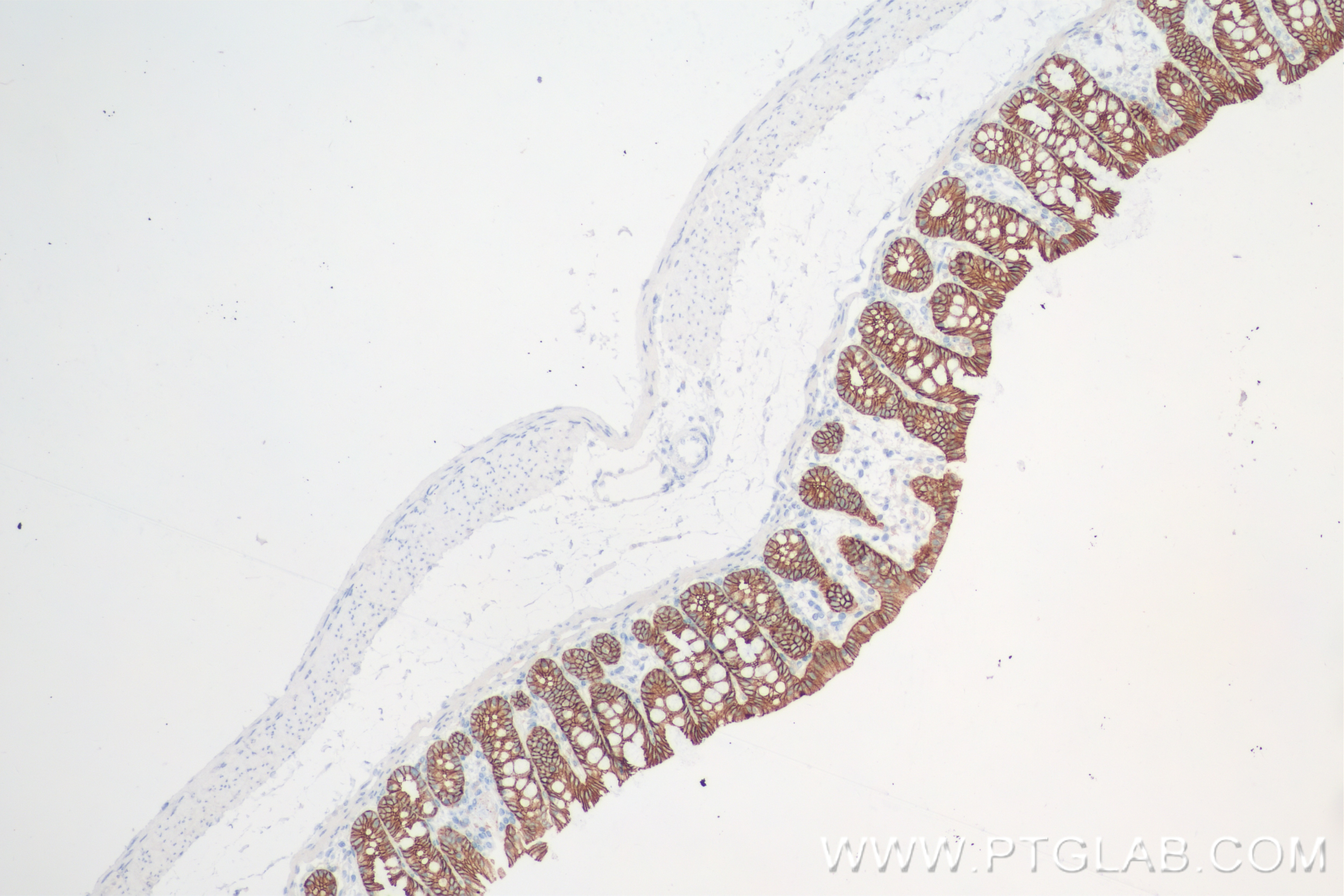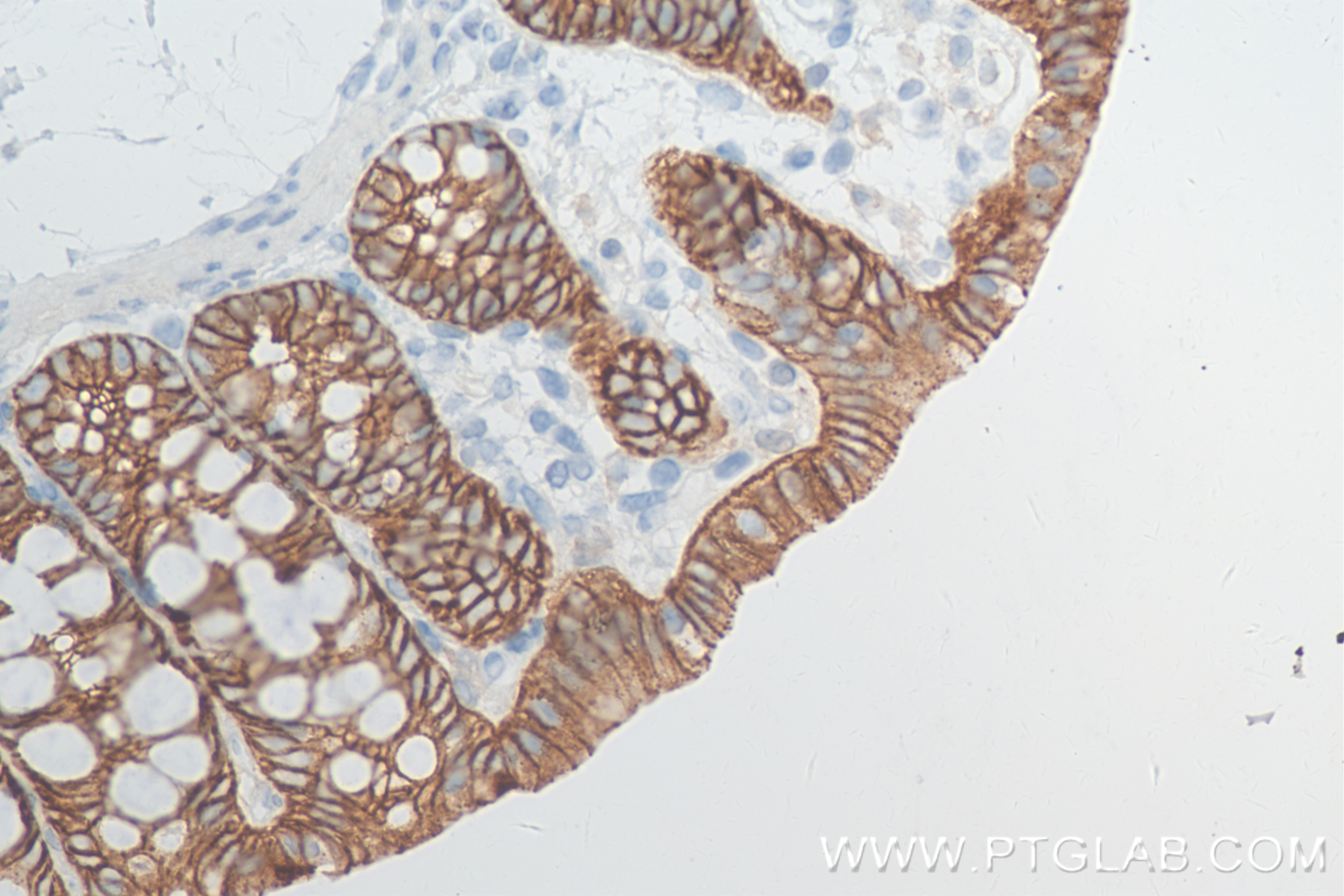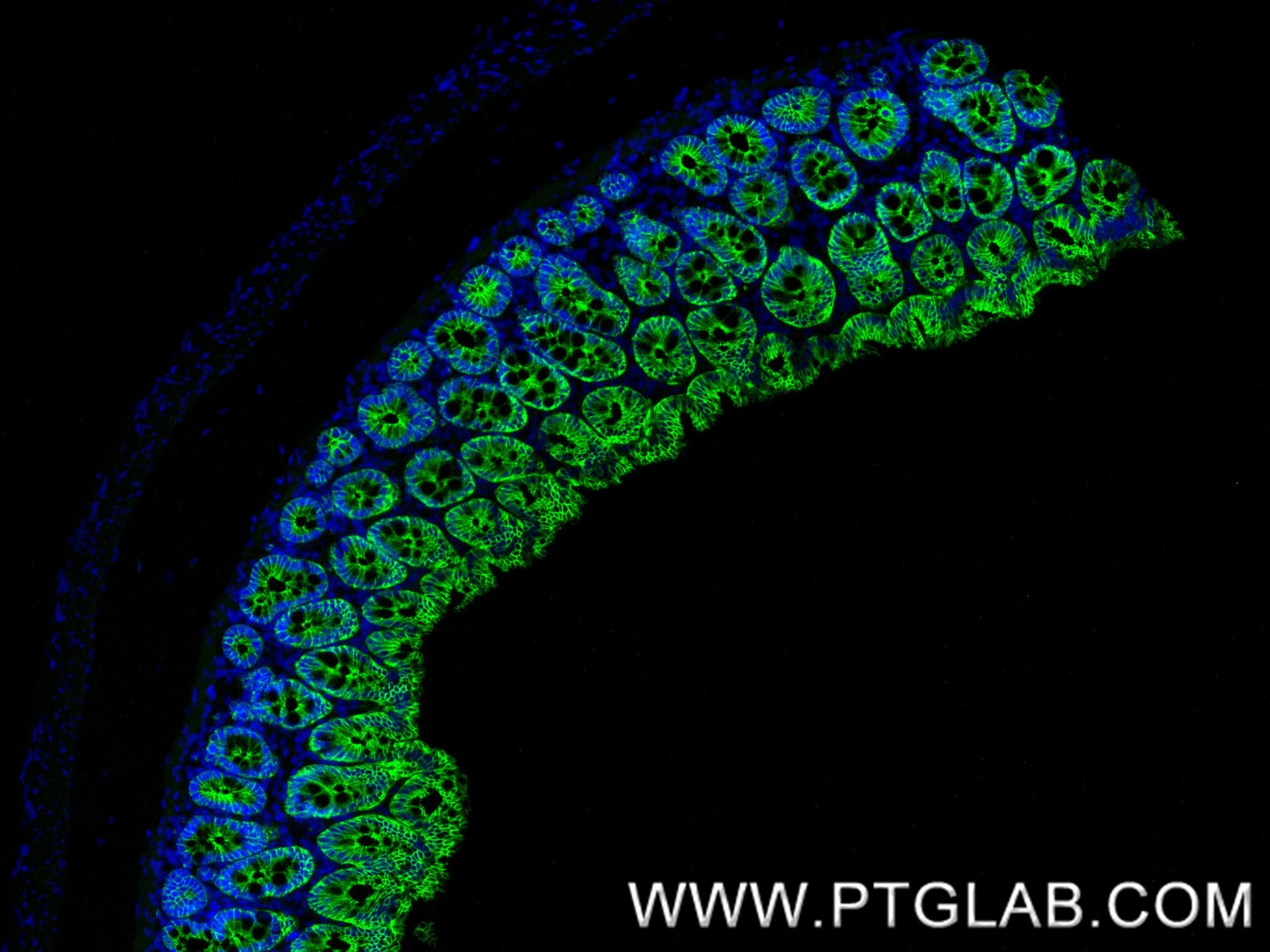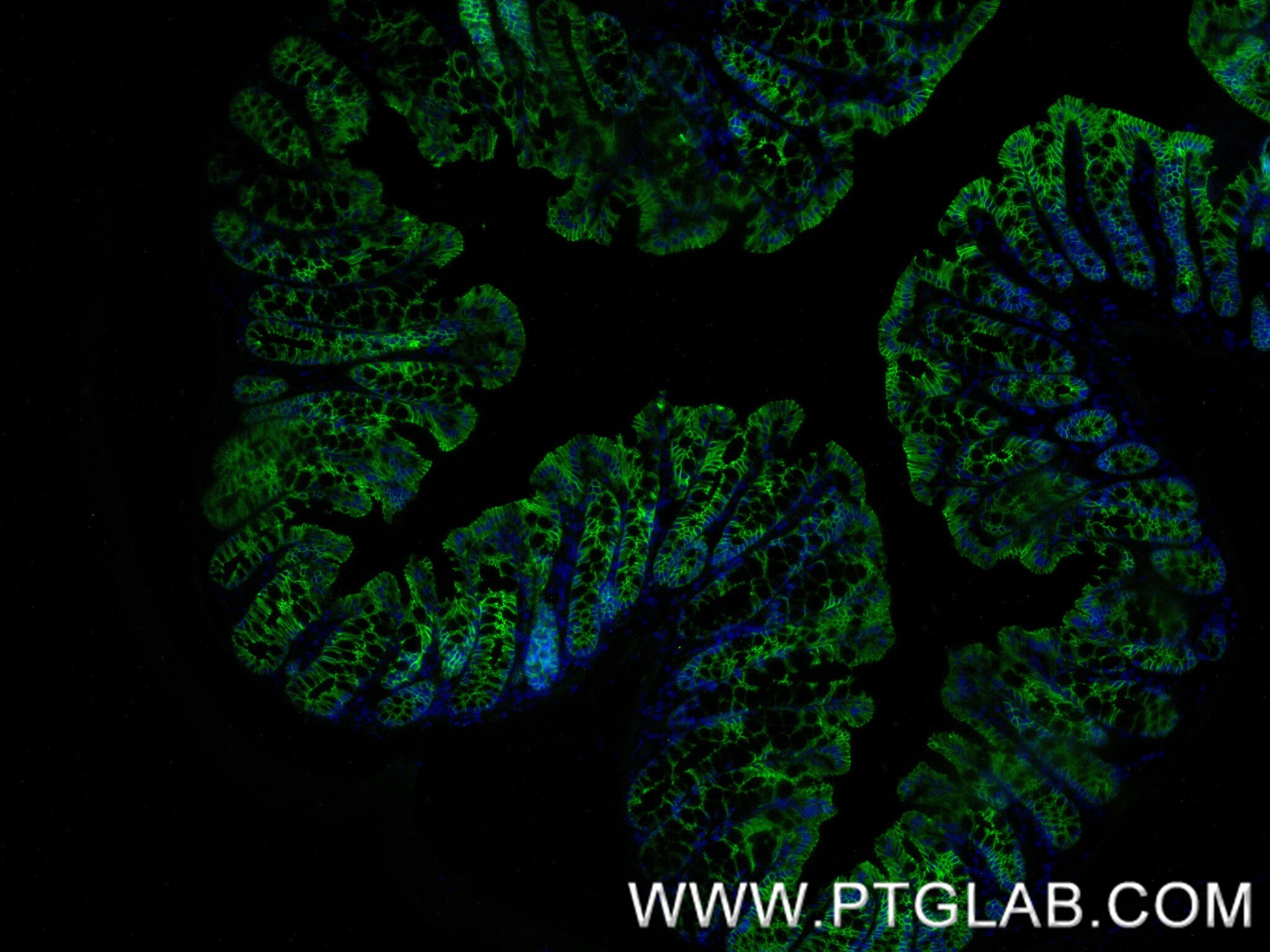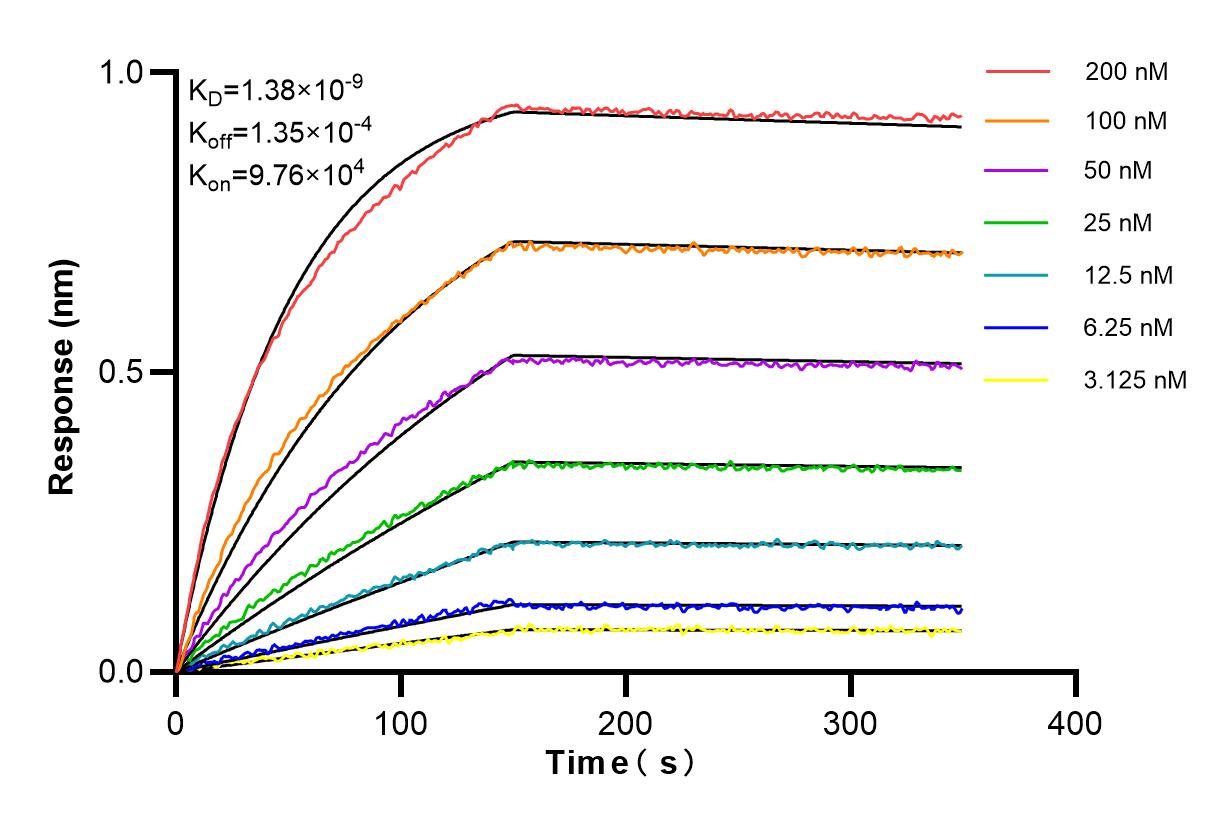Product Information
84646-4-PBS targets E-cadherin in WB, IHC, IF-P, Indirect ELISA applications and shows reactivity with human, mouse, rat samples.
| Tested Reactivity | human, mouse, rat |
| Host / Isotype | Rabbit / IgG |
| Class | Recombinant |
| Type | Antibody |
| Immunogen |
CatNo: Eg1229 Product name: Recombinant Rat E-Cadherin protein (His Tag) Source: mammalian cells-derived, pHZ-KIsec-C-6*HIS Tag: C-6*HIS Domain: 24-713 aa of NM_031334.1 Sequence: QPESESDSCRPGFSSEVYTFLVPERHLERGHILGRVKFEGCTGRPRTAFFSEDSRFKVSTDGVITVKRHLKLHKLETSFLVHAWDSSYRKLSTKVTLKSLGHHHHRHHHRDPVSESNPELLTFPSFHQGLRRQKRDWVIPPINCPENQKGEFPQRLVQIKSNRDKETTVFYSITGPGADKPPVGVFIIERETGWLKVTQPLDREAIDKYLLYSHAVSSNGEAVEDPMEIVVTVTDQNDNRPEFIQEVFEGSVAEGALPGTSVMQVSATDADDDINTYNAAIAYTILSQDPELPHKNMFTVNRDTGVISVVTSGLDRESYPTYTLVVQAADLQGEGLSTTAKAVITVKDINDNAPIFNPSTYQGQVLENEVGARIATLKVTDDDAPNTPAWNAVYTVVNDPDHQFTVITDPKTNEGILKTAKGLDFEAKQQYILHVTVENEEPFEGSLVPSTATVTVDVVDVNEAPIFVPAEKRVEVPEDFGVGLEIASYTAREPDTFMEQKITYRIWRDTANWLEINPETGVISTRAEMDREDSEHVKNSTYTALIIATDDGSPIATGTGTLLLVLSDVNDNAPIPEPRNMQFCQRNPKPHVITILDPDLPPNTSPFTAELTHGASVNWTIEYNDAEQESLILQPRKDLEIGEYKINLKLSDNQNKDQVTTLEVHVCDCEGTVNNCMKAISLEAGLQVPA Predict reactive species |
| Full Name | cadherin 1 |
| Calculated Molecular Weight | 99 kDa |
| Observed Molecular Weight | 130 kDa |
| GenBank Accession Number | NM_031334.1 |
| Gene Symbol | Cdh1 |
| Gene ID (NCBI) | 83502 |
| Conjugate | Unconjugated |
| Form | Liquid |
| Purification Method | Protein A purfication |
| UNIPROT ID | Q9R0T4 |
| Storage Buffer | PBS only, pH 7.3. |
| Storage Conditions | Store at -80°C. |
Background Information
Cadherins are a family of transmembrane glycoproteins that mediate calcium-dependent cell-cell adhesion and play an important role in the maintenance of normal tissue architecture. E-cadherin (epithelial cadherin), also known as CDH1 (cadherin 1) or CAM 120/80, is a classical member of the cadherin superfamily which also include N-, P-, R-, and B-cadherins. E-cadherin is expressed on the cell surface in most epithelial tissues. The extracellular region of E-cadherin establishes calcium-dependent homophilic trans binding, providing specific interaction with adjacent cells, while the cytoplasmic domain is connected to the actin cytoskeleton through the interaction with p120-, α-, β-, and γ-catenin (plakoglobin). E-cadherin is important in the maintenance of the epithelial integrity, and is involved in mechanisms regulating proliferation, differentiation, and survival of epithelial cell. E-cadherin may also play a role in tumorigenesis. It is considered to be an invasion suppressor protein and its loss is an indicator of high tumor aggressiveness.

